Making a pollinator garden and attracting pollinators to your plants (both ornamental and vegetable) is incredibly important.
Pollinators are responsible for fertilizing plants. Pollination makes it possible for plants, flowers and trees to produce flowers, fruits and vegetables.
In this article we investigate how to support pollinators in our gardens and yards. And Why We should.
What are the Benefits Of A Pollinator Garden? An organic pollinator garden attracts pollinators to plants that require pollination (both ornamental and vegetable). A healthy pollinator garden contains plants that attract, shelter and sustain pollinators.
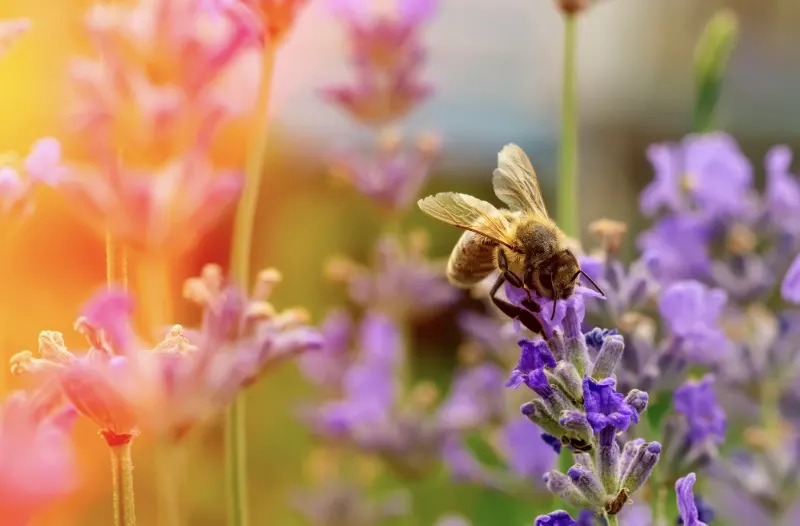
What is Pollination?
Pollination is the transfer of pollen to a flower or plant to allow fertilization. When pollen spores are removed from one plant and carried to another pollination has happened.
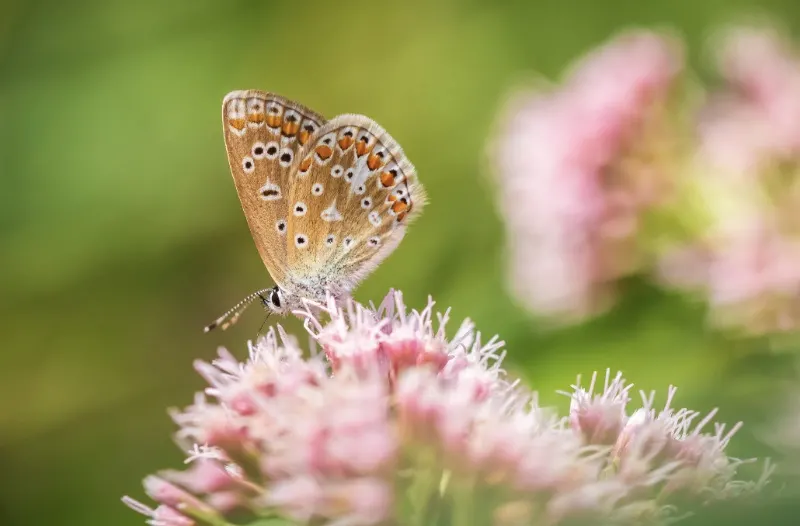
What Is A Pollinator Plant?
Pollinator plants are those plants that attract pollinators and require pollination to reproduce and grow seeds. These plants cannot reproduce without pollinators. Pollinator plants offer food to pollinators (pollins) in exchange for pollination.
When you source seeds for your pollinator garden look for plants that attract and sustain pollinators.
Who can pollinate a plant?
Birds, bees, bats, butterflies, moths and other animals can all Pollinate plants and trees. Earth elements like wind, water, fire, and temperature also pollinate the flora of our planet.
Why do we need pollinators?
Pollinator species are vital to our world economies and our food supply in every country. 75 to 90% of the flowering plants in our world rely on pollination. 1 out of every 3 bites of food you take happens with the help of a pollinator.
Pollinators add 217 billion dollars to our global economy. and they support healthy ecosystems.
Without pollinators our world would look very different. And NOT in a good way. Attracting and supporting them is vital to our existence.
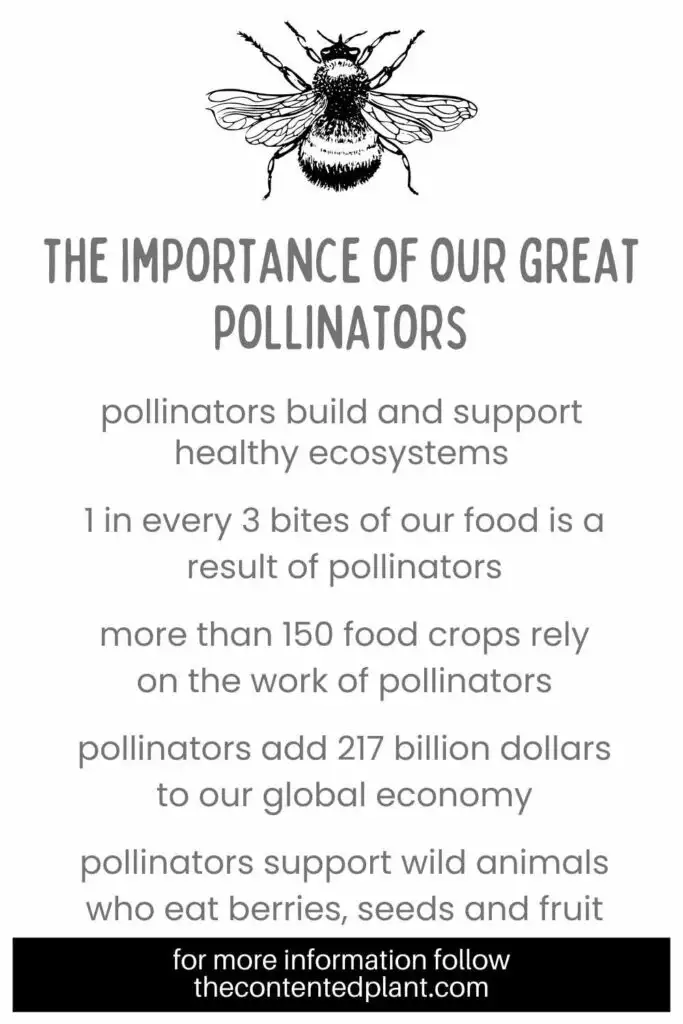
We need to create safe, sustaining spaces in our local areas and yards for pollinators so they can do their work. Pesticides, Large Agriculture practices, and low maintenance urban city scapes destroy pollinator health and starve them of food. These are pollinator desserts. They contain no food for pollinating species.
When we add locally focused pollinator gardens in our yards we help sustain vital life giving species that need help.
How Do We Support Pollinator Species?
To encourage pollinators and support pollinator species provide them organic food, clean, safe water, shelter from predators and homes to rear their young.
How Do I Start A Pollinator In My Garden? Follow these tips to feed and support pollinators no matter how small your outdoor spaces are.
- If you have a small patio grow container plants organically that require pollination. Even an apartment balcony has space for pollinator attracting hanging plants that can feed pollinating insects and birds.
- Provide water. Set out a shallow dish with a wet spongy moss so insects can drink safely.
- Provide food and water to birds. Place Feeders for birds of all kinds away from cats and other predators. Add Bird baths so they can drink and bathe.
- Encourage native plants and weeds. Native plants attract and feed pollinating insects are often weeds we poison. Pesky Dandelions are actually one of the most vital pollinator supporting plants in early spring. Don’t poison them and you are already feeding local pollinators at a critical time of year.
- Eliminate pesticides and herbicides in all forms from your ornamental flowers and trees. The pesticides, fertilizers and herbicides we buy to keep our yards beautiful, poison pollinators. Find organic solutions for weeds and pest in your yard. It is also much safer for your children, pets and yourself.
What Makes A Good Pollinator Garden?
A good pollinator garden provides a colorful target of plants that attract pollinators. it also offers pollinators food, water, shelter, and safe places to make nests, hives and other places to rear young.
Good Pollinator gardens create habitat for pollinating species and help shorten the distances they must travel between pollinator food deserts.
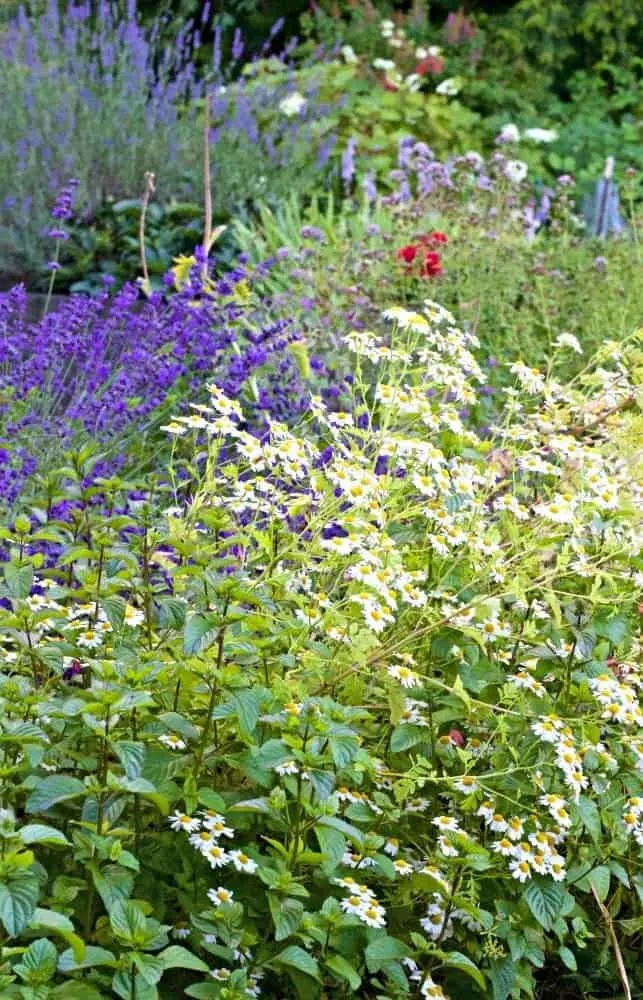
How Do You Plan A Garden Pollinator Area?
Plan your pollinator garden with the health and habitat of pollinators in mind. Make your pollinator garden colorful and rich in pollen producing plants with plenty of habitat for these vital animals to thrive in.
- Ask your local nursery and food co-ops for organic herbs, ornamental flowers, shrubs, trees and vegetable seeds and starts. The seeds and starts we pick up from our local stores and nurseries are often treated with harmful systemic chemicals that are a known contributor to bee decline.
- Plant heritage species of non GMO plants and single flower varieties that provide easy access to plant pollen sources.
- Provide flowering plants and seed producing bushes and trees to support pollinators through all the seasons of the year.
- Plant an array of diverse plants, herbs, shrubs and trees to draw the widest varieties of pollinators.
- Situate your pollinator garden in a sunny area with windbreaks for protection.
- Place a good water source for the pollinators nearby. This provides access and protection to the bees and offers them a drink to keep going.
- Group colorful “pollinator targets” of native or non-invasive plants. Pollinators travel long distances, up to twelve miles a day for bees. Draw them to your yard with large colorful plantings.
- Create a continuous bloom cycle throughout the growing season. From early spring to late Fall with flowering bushes, perennials and annuals.
- Plant varieties of annuals, bushes and perennials that bloom early (Forsythia, tulips,Lilac, Pieris, early rhododendrons).
- In the high summer months have roses, viburnums, Day lily, peony, butterfly bush in your yard.
- Late bloomers support fall pollinators. Suggestions are False Aralia, mums, marigolds, nasturtiums, dahlia, gardenia.
- Provide nesting habitat for wild Bee and bird populations. Mason bees are easy to support with nesting boxes. They do not use hives. For more information on Mason bees visit This site .
- Pollinator gardens should be densely planted with diverse flowering plant species to attract pollinators from land distances
Flowers that support pollinators
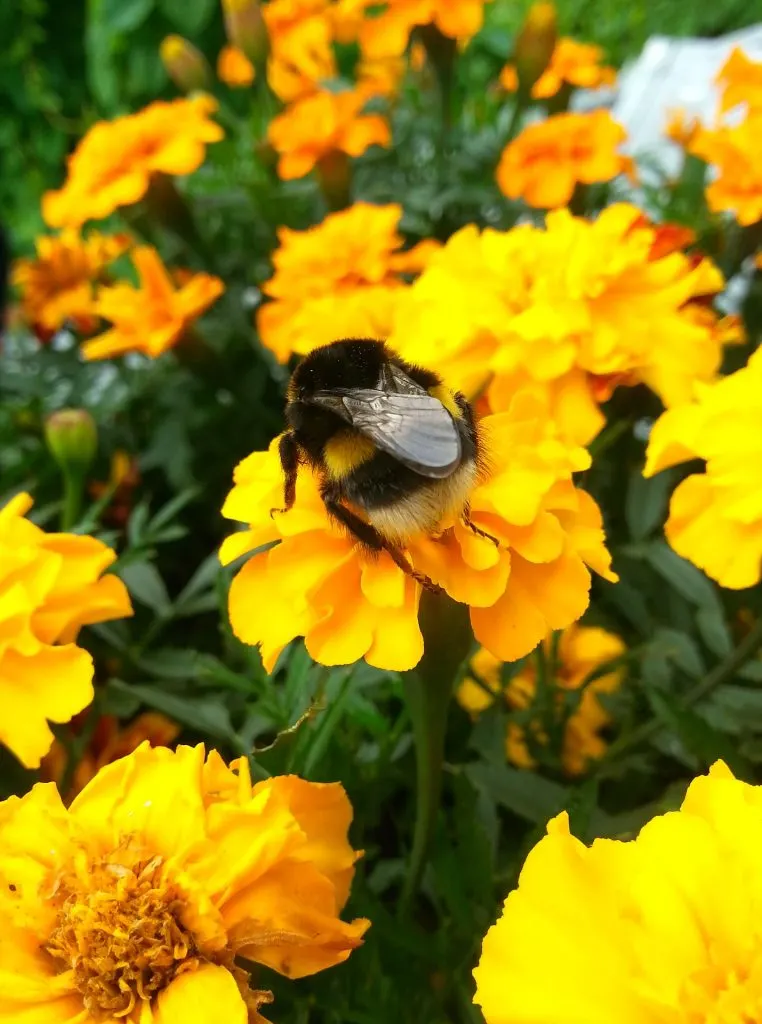
To Attract butterflies, bees and other native pollinators to your garden Include plants that bloom in your garden.
Bushes and Plants that Flower all Through the Growing Season:
Butterfly Bush: A deciduous shrub with masses of beautiful blossoms. Blooms summer to autumn. Hardy from zones 5 south to zone 9
Sweet Alyssum: A delicate sweet smelling flower that acts as a ground cover, the small blooms come in a variety of colors. Hardy from zones 7-11
Dahlia: A member of the tuberous family, this gorgeous flower comes in a variety of colors and sizes. Hardy from zones 8-11. Some have doubled flowers.
Daisy: Part of the Asteraceae family and a classic perennial known to many, The daisy has bright serrated leaves with white petals and a yellow center. Hardy from zones 4-8
Dandelion: Also a member of the Asteraceae family, dandelions have long been considered obnoxious weeds. However, the health and pollinator benefits long outweigh the cons for this underrated plant. Hardy from zones 3-9
Marigold: A beautiful bright flower that comes in orange, yellow, and red blooms. This gorgeous plant is also great for repelling bugs. It works as a companion plant alongside vegetables and it is also a top pollinator flower. Hardy from zones 2-11
Sunflower: These gorgeous large flowers are a great addition to either a vegetable or flower garden! Not only do they attract pollinators, they also contain edible seeds which have a variety of different uses. Hardy from zones 4-9
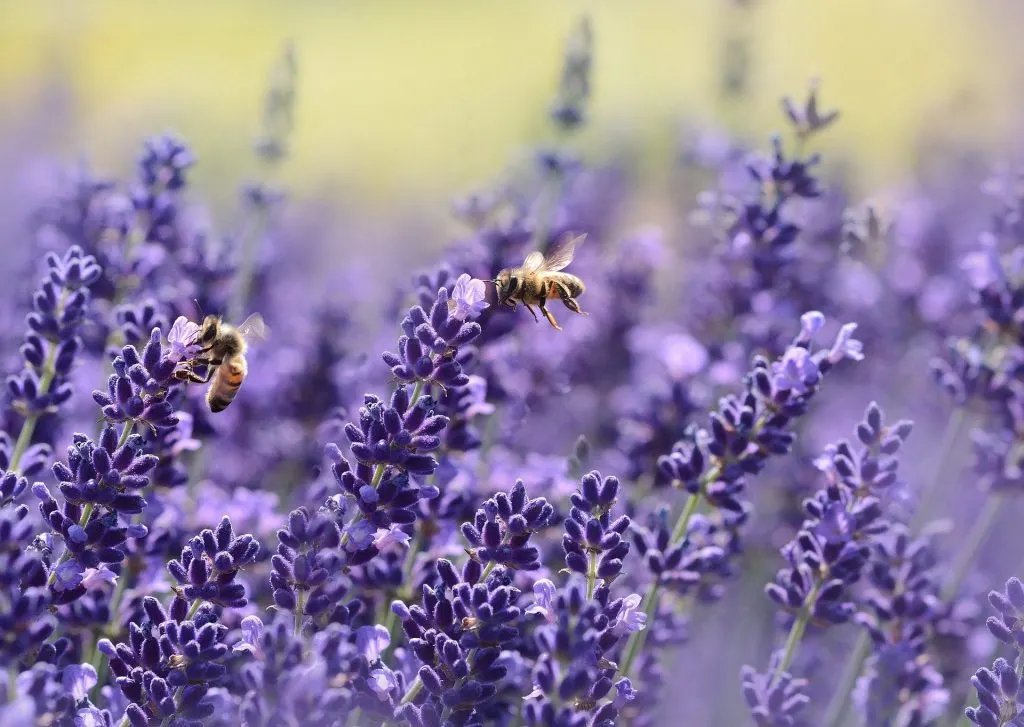
Bees love purple, blue and yellow flowers. These are great color choices for a pollinator garden.
Herbs that support pollinators
Growing an herb garden is a wonderful way to incorporate pollinator friendly plants.
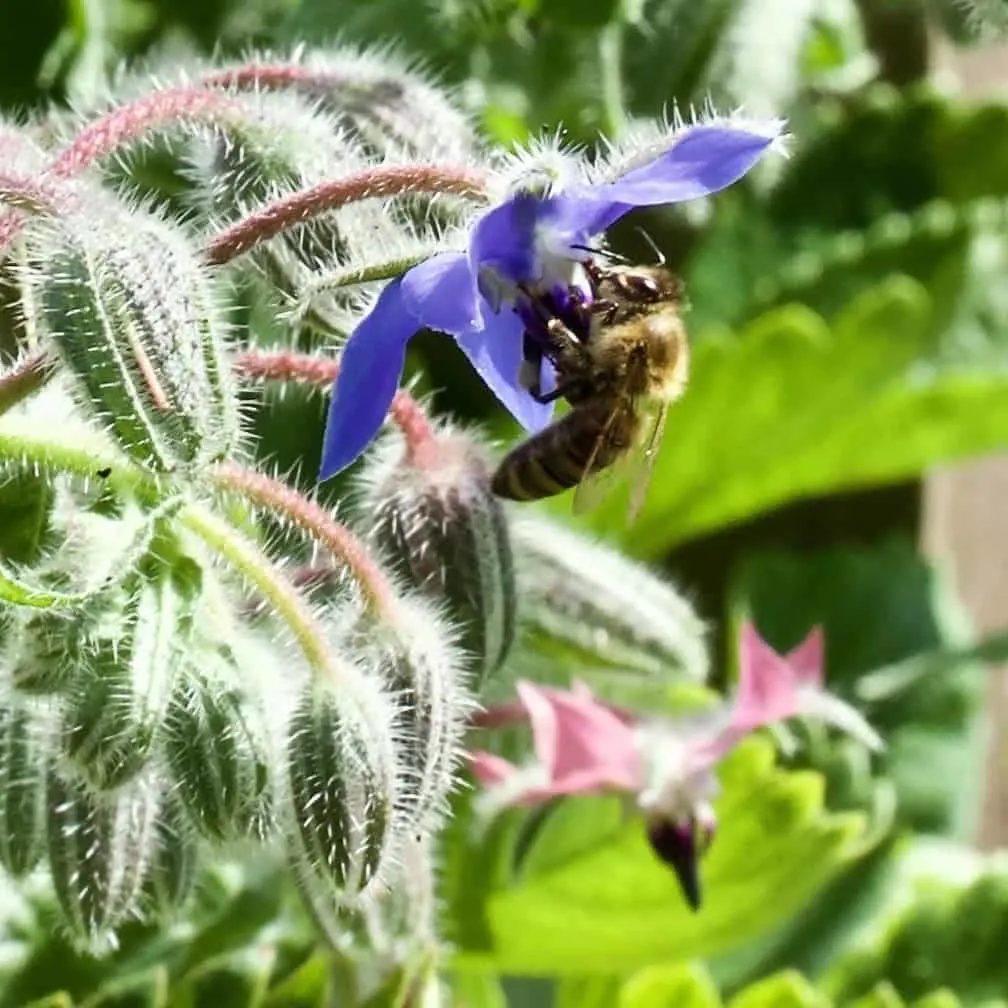
Support the ecosystem and grow a beneficial garden. Look for native plant species that attract native bees that have fallen victim to habitat loss.
Grow an organic vegetable garden attractive to pollinators. Add flowers and herbs to attract even more pollinators. Watch Crop yields increase!
Popular Herbs:
Borage: A star shaped flower, this plant offers both edible flowers and leaves. The flowers are often used to decorate desserts and salads. Hardy from zones 3-10 Borage will naturalize. Let it grow by your garden beds to attract bees to your flowering plants that need pollination like strawberries, tomatoes and your asparagus bed.
Oregano: This herb is one of the most popular and widely used for cooking. It is a flowering herb that belongs to the mint family. Hardy from zones 4-10
Mint: A very fragrant and delicious herb. The mint plant has small purple, pink or white flowers and bright green edible leaves. Hardy from zones 3-8
Herb gardens are very fragrant in the spring and summertime and pollinators of all kinds love them.
Lavender: The most popular in the herb family, the lavender plant not only smells amazing, it also is beautiful to look at with tall purple flowers. The lavender is edible and also used to make fragrances. Hardy from zones 5-9
Bee Balm: Also a member of the mint family, bee balm has bright colorful flowers. Bee balm is a very fragrant and popular plant to add both to herb gardens and ornamental flower gardens. Hardy from zones 4-9
Rosemary: Another very popular herb to cook with, this plant is a perennial evergreen shrub that blooms tiny fragrant flowers. The rosemary plant is easy to care for and grows quickly in the right conditions. Hardy from zones 7-10
Basil: A beautiful and fragrant plant that boasts beautiful green fragrant leaves. Grow your a basil garden for your kitchen recipes. Hardy from zones 10-11
Protect Pollinators from Harmful Pesticides:
Read our article on how to get rid of aphids using our non toxic homemade aphid spray . This spray will also work on many other garden and houseplant pests
Be mindful about what pesticides you are introducing into your garden.
TIPS:
- Keeping your plants pest free while protecting pollinators is important. But not always possible.
- When shopping CHECK your labels. Pesticides should be labeled organic. If not. Look at the ingredients.
- Avoid Glyphosate . It is not good for humans, pets or pollinators.
- Make sure you are buying plants that are free from neonic or neonicotinoids.
- Harmful pesticides have been implicated in the recent bee decline.
Use pesticide free organic methods to control plant pests whenever possible.
Pollinator Safe Sprays:
Make your own spray OR you can buy these safe sprays:
- Neem Oil is a great way to get rid of harmful pests.
- Organocide is an organic pesticide and fungicide that keeps pollinators safe.
Tips on Organic Pesticide Strategies:
- Only use pesticides that are organic and safe for pets and people as well as pollinator populations.
- You can wipe your plant leaves down or spray them with water to help reduce pest numbers.
- If you use pesticides make sure the substance dries on the leaves completely before the pollinators come near it.
- This means spray in the evening after pollinators are gone or in the early morning.
Resources and Further Reading:
- https://www.almanac.com
- https://www.fs.usda.gov
- https://www.pollinator.org
- https://www.canr.msu.edu/news/how-to-control-invasive-pests-while-protecting-pollinators-and-other-beneficial-insects
- Spring Flowering Bushes You (and Pollinators) will Love
- Five Bushes to Attract and Support Birds
Related Content:
Follow Us:
Find us on YouTube, Instagram , Pinterest and TikTok! We love to Plant chat. We also comment, like and occasionally share your content to our daily stories. We’d love to see your plants. Share your joy in your houseplants. Happy Planting!
Recent Post:
- 5 Fantastic Cactus Species for Your Home
- Pygmy Date Palm Trees
- Bromeliad Care Guide and Profile
- Growing Gloxinia Plants in Your Home
- Staghorn Ferns Care and Maintenance
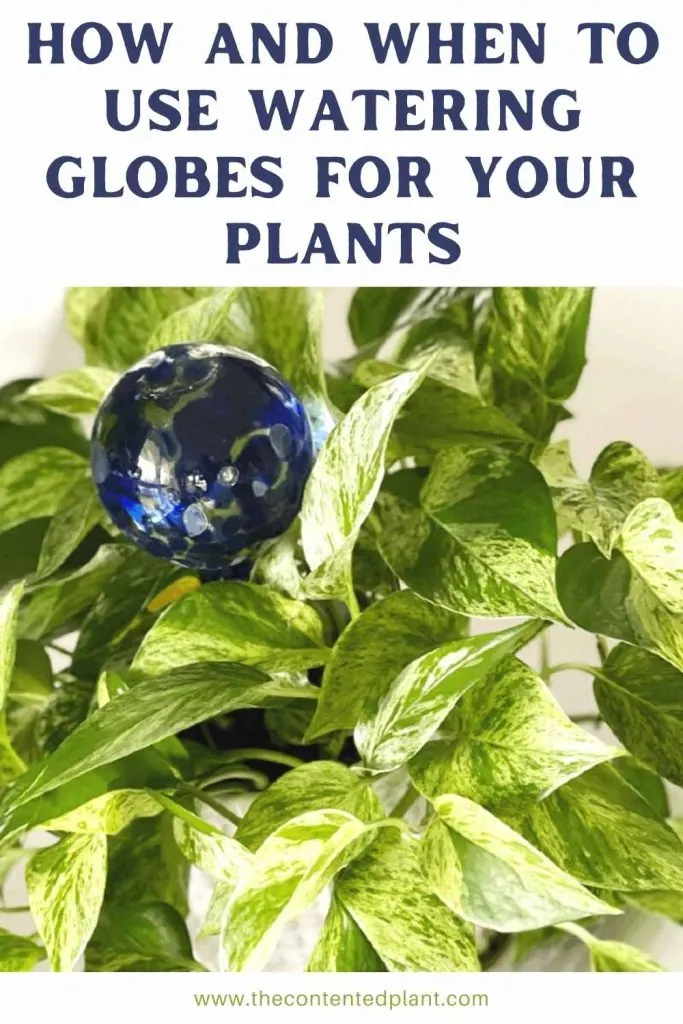
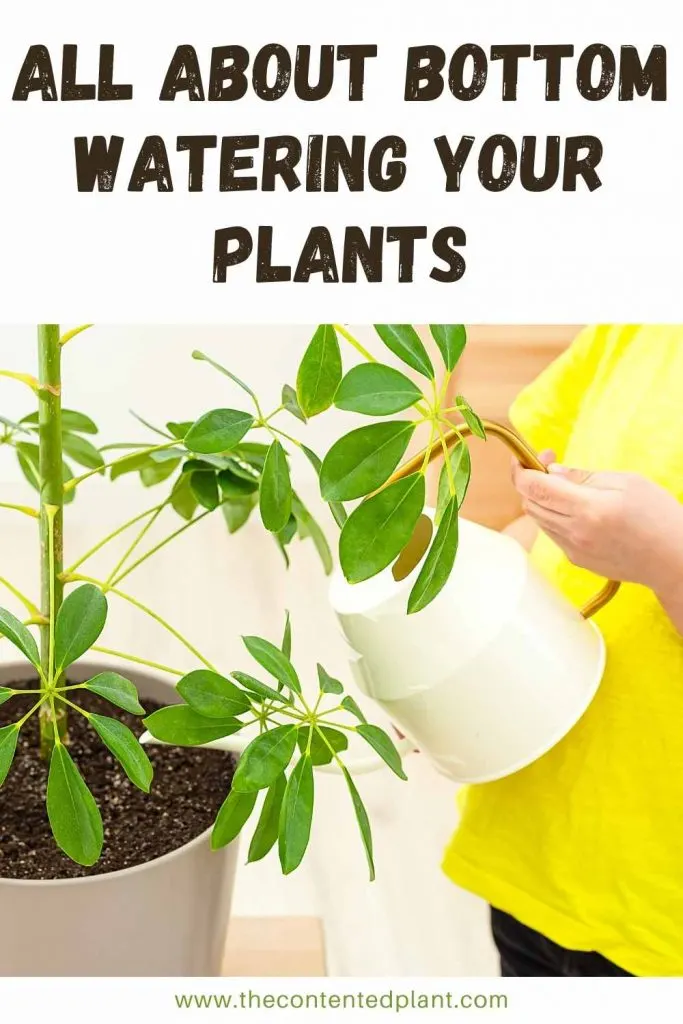
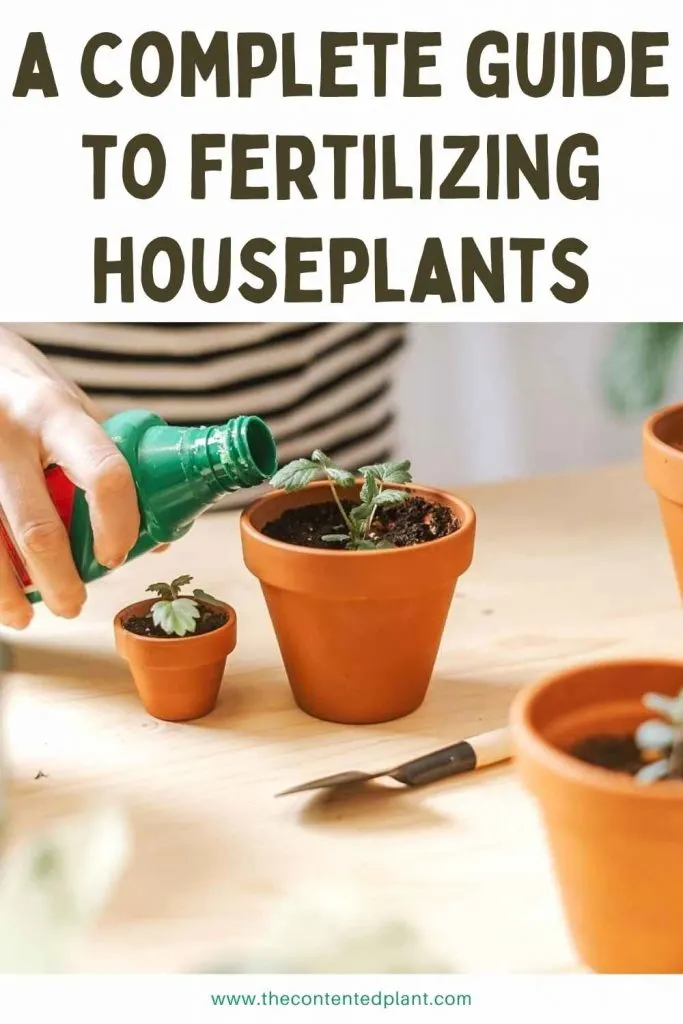
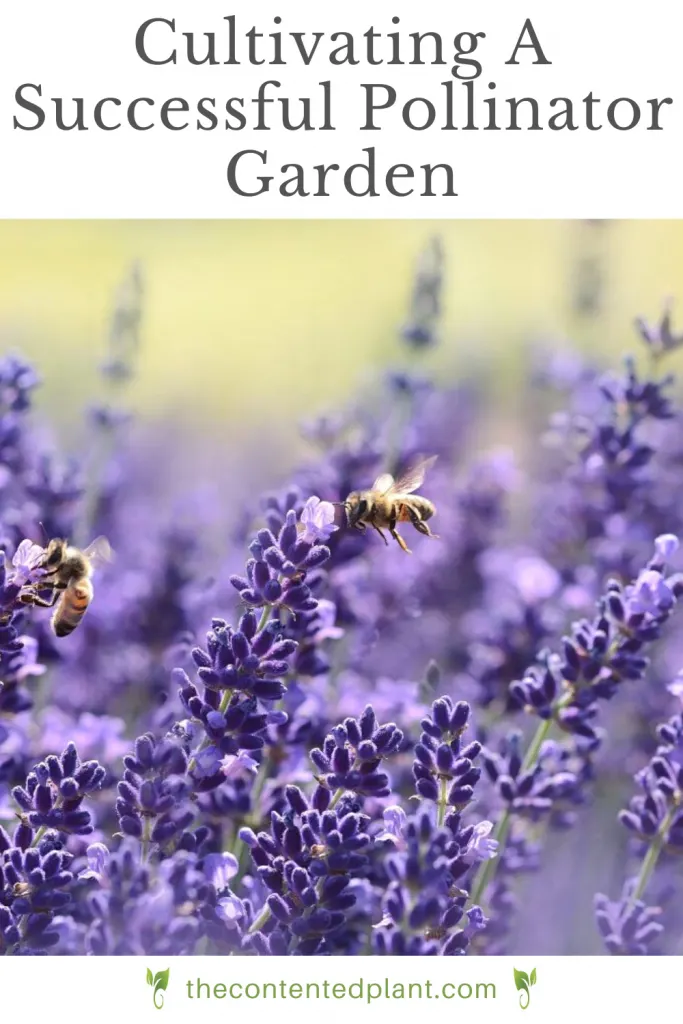

Designing An Enchanting Woodland Garden - The Contented Plant
Sunday 19th of November 2023
[…] Pollinator garden […]
Grow your Own Medicinal Herbs - The Contented Plant
Wednesday 20th of September 2023
[…] Growing organic Medicinal Plants that reach a good size and attract pollinators outdoors is a beautiful, healthful use of your land. And vital for rebuilding our declining pollinator populations. Learn more about how to build your own pollinator garden with herbs in this post. […]
How to Grow Asparagus Successfully - The Contented Plant
Saturday 26th of March 2022
[…] Pollinator Garden support Tips […]
How to Get Rid of Powdery Mildew on Plants-Treatment Guide - The Contented Plant
Tuesday 15th of March 2022
[…] How to Build A pollinator Garden […]
Watering Succulents-Tips for Success - The Contented Plant
Friday 7th of January 2022
[…] Tips on how to build a pollinator garden […]